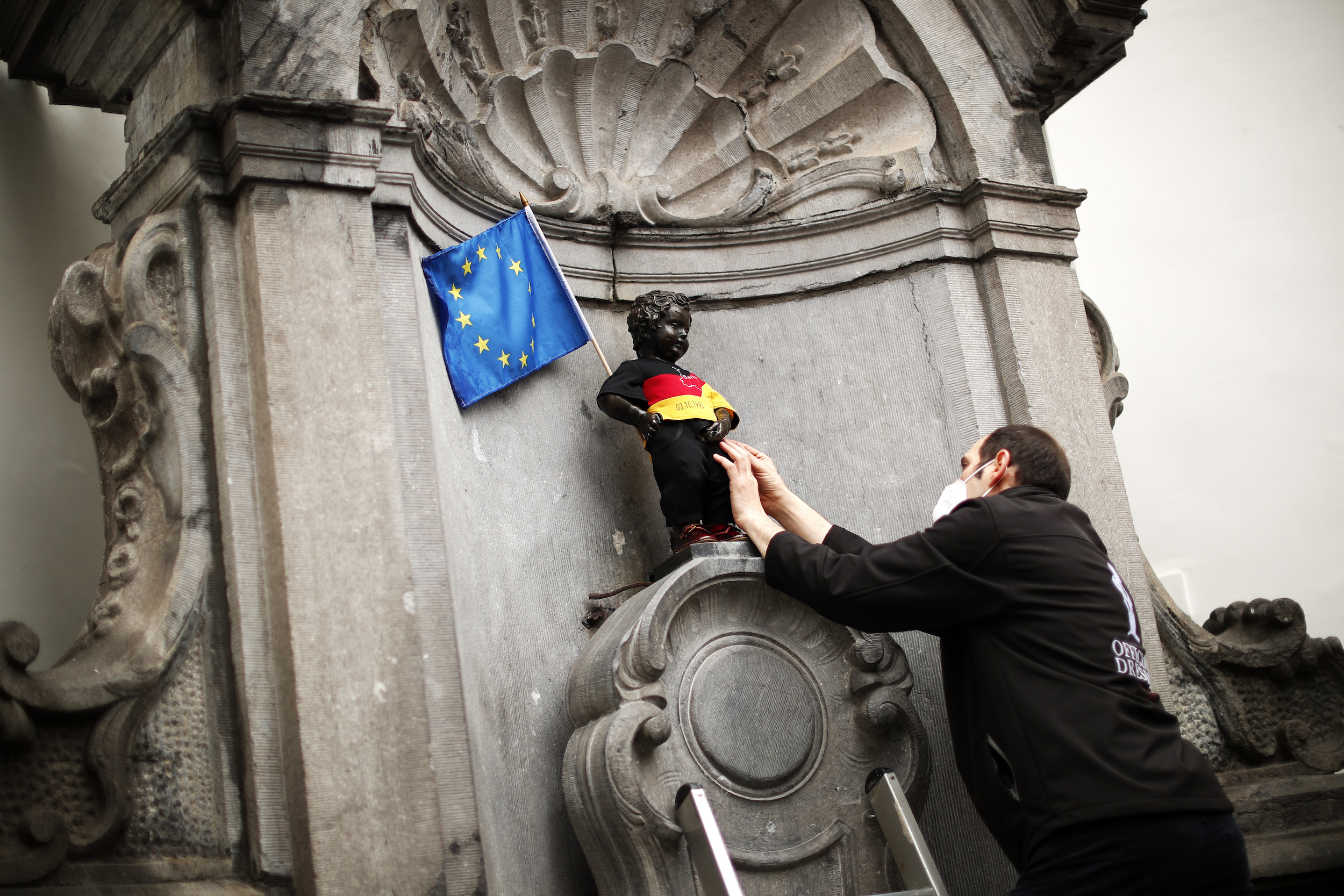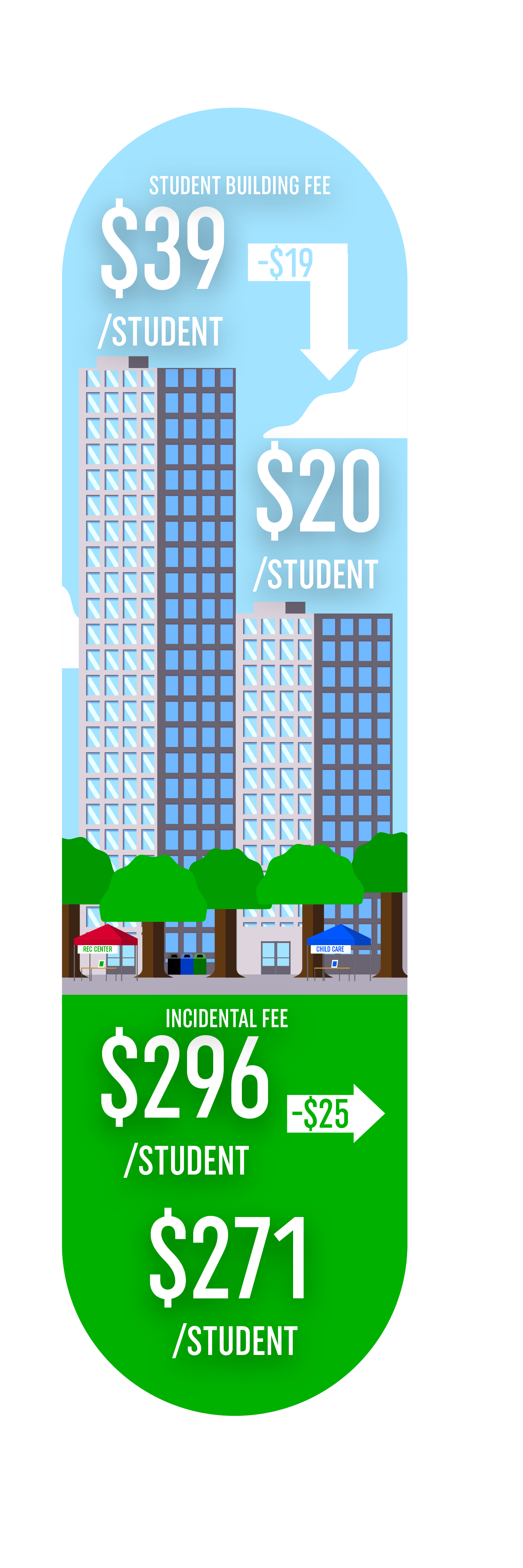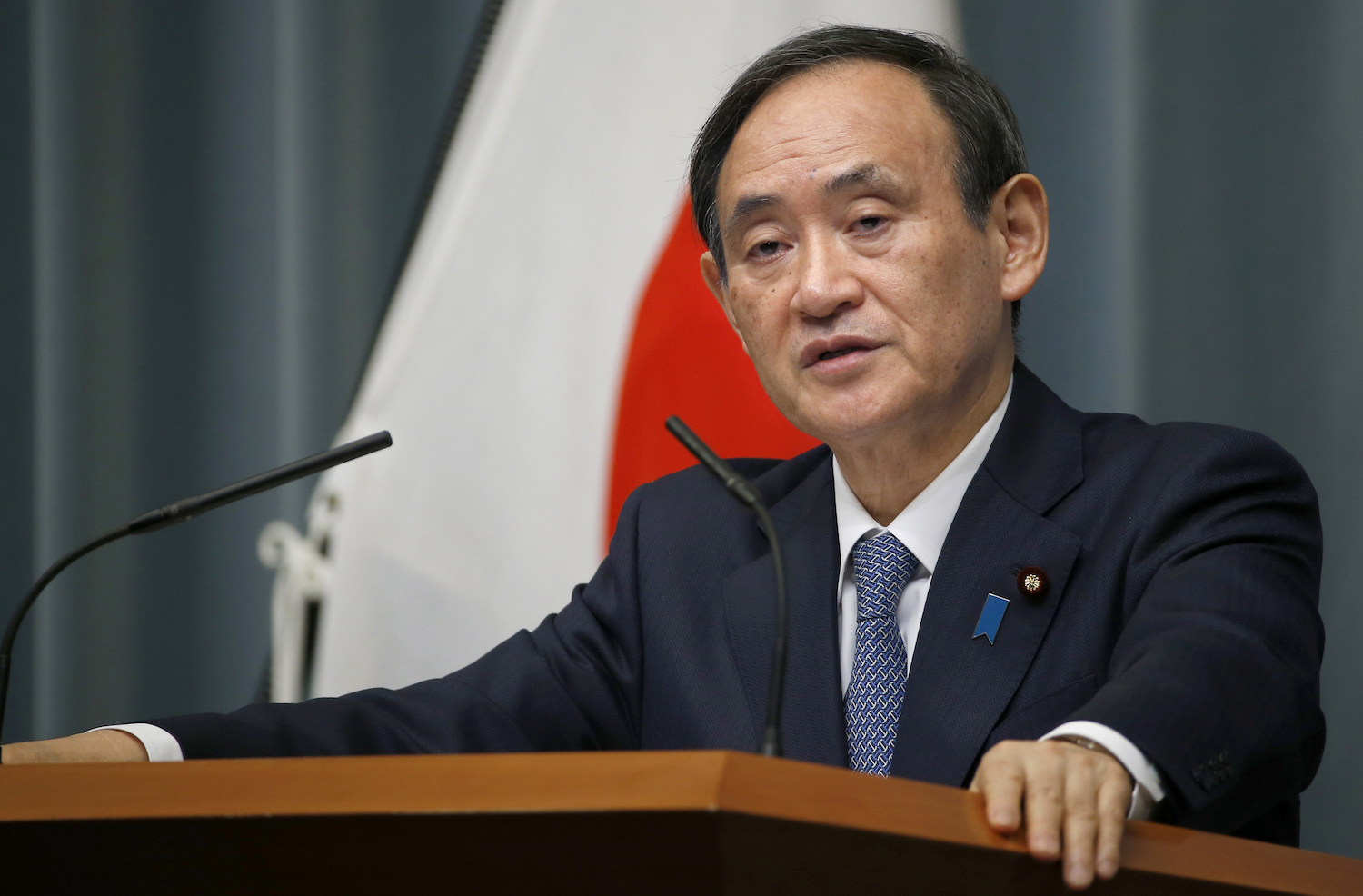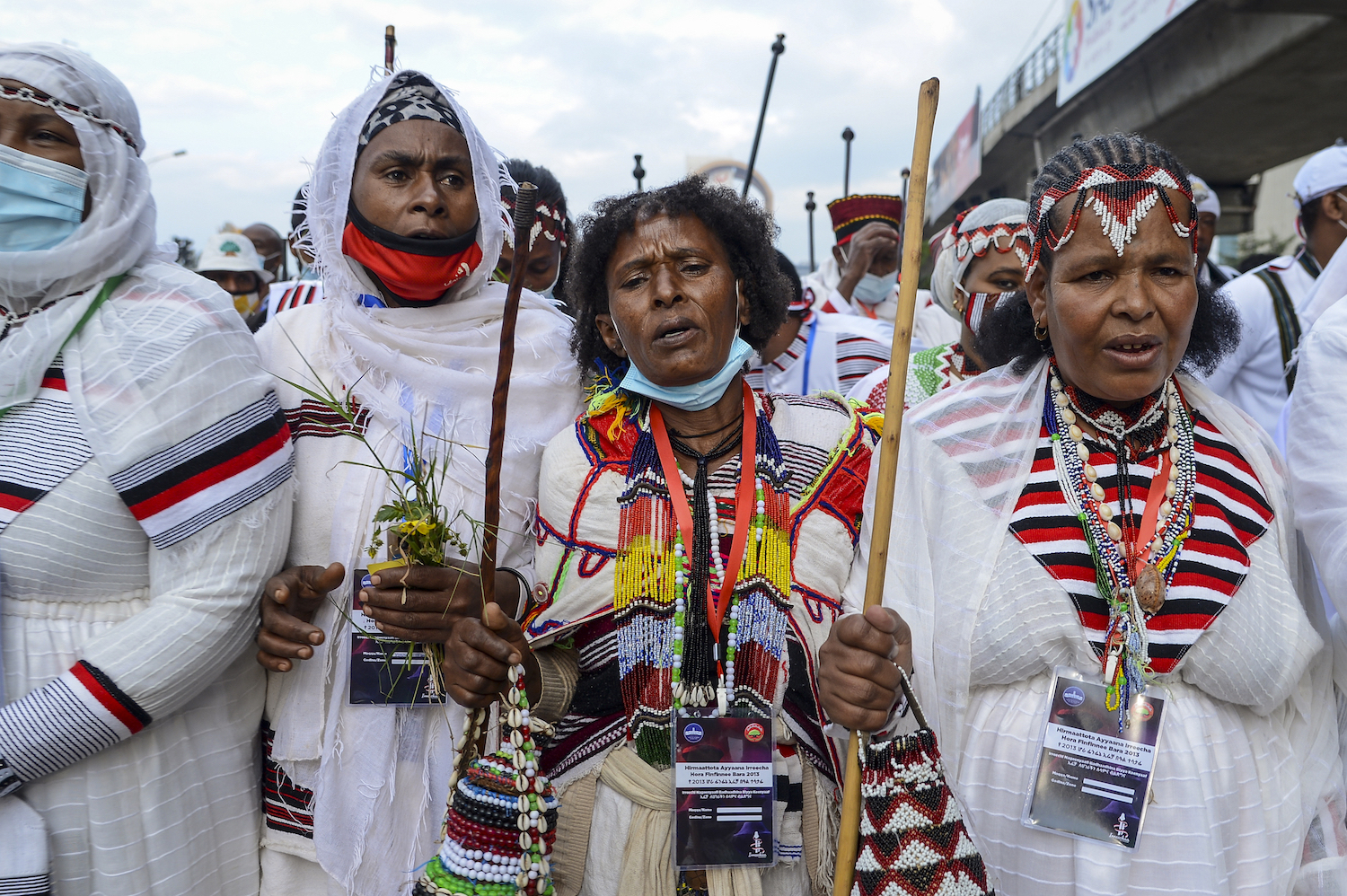On Oct. 3, the German political and cultural elite gathered in Potsdam to commemorate the 30th anniversary of the country’s reunification. On Oct. 3 of 1990, 11 months after the fall of the Berlin Wall, a 41-year-long partition between East and West Germany officially came to an end when five eastern provinces were admitted as new states to the Federal Republic of Germany. Back then, more than a million people gathered in front of the Reichstag to celebrate reunification with a fireworks display.
In part due to COVID-19 restrictions, the anniversary celebration was more measured and only attended by 230 selected guests. The location of the festivities—a city at the former border between East Germany and West Berlin—was just as carefully chosen as the speakers, performers and even moderators, all of whom were selected to create a choreographic balance between Easterners and Westerners, according to the ZDF.
Underneath this veneer of impeccable unity hides a more complicated picture—one of imbalance, of booming cities like Leipzig or Dresden, decaying old villages in Brandenburg and ongoing economic and political divisions between East and West.
The German government’s annual report on the Status of German Unity, published in September revealed significant economic inequality across the former divide. The economic strength of the East remains at just 73% of the West, measured in GDP per capita, and the region has been slow in catching up over the past 25 years after an initial spike in the early 1990s. Wages and retirement benefits in the new states also continue to lag behind those in the old states.
Many cities in the East, most notably Leipzig and Dresden, have benefited from massive public and private investment that flowed toward urban renewal after reunification. The cities are now gaining new residents from all over the country, especially young people who are attracted by comparatively affordable—although rapidly rising—rents and the modern infrastructure these cities have to offer.
But many rural communities have faced socio-economic hardship in the aftermath of reunification as a rapid exodus of the working population left many towns and villages underpopulated, aging and with an uncertain future. The depopulation has trapped many communities in a downward spiral, according to Financial Times.
“For a long time, the problem of eastern Germany was, above all, the lack of jobs,” said Susanne Dähner from the Berlin Institute for Population and Development. “Now you almost have the opposite problem: they are running out of workers.”
Saxony-Anhalt, Germany’s most rural state, has lost nearly a quarter of its population since 1990. The landscape in many rural areas is scattered with industrial ruins that are not only relics of its communist past, but also signifiers of the economic struggles that have shaped these areas since reunification.
In his commemoration speech, German President Frank-Walter Steinmeier acknowledged the upheaval brought on by reunification “struck the people in the eastern part of the country much harder than those in the west.” However, according to Steinmeier, “we are not nearly as far along as we should be, but at the same time we are much further along than we think.”
At the ceremony, the western-born Steinmeier was flanked by Chancellor Angela Merkel. As a representative from the eastern state of Mecklenburg-Vorpommern, the state with the lowest GDP per capita, she rose through the ranks of the Christian Democratic Union party to become the first easterner to occupy the German Chancellery in 2005. After nearly 15 years in office, she remains the country’s most popular politician with an approval rating of 72%.
Merkel’s rise, however, remains a rare exception in German society, where 98% of leadership positions are held by westerners and all 30 companies listed on the main stock index DAX have their headquarters in the former West. Notably, only one of Merkel’s 15 cabinet members, Family Affairs Minister Franziska Giffey, also grew up in East Germany.
The severe imbalance of the country’s leadership has fueled skepticism about democracy and government in the new states according to Olaf Jacobs, an East German filmmaker and honorary professor at the University of Leipzig. “If there are fewer leadership figures who carry forward their region, it reinforces the feeling of not really belonging,” he said in a recent newspaper interview.
Unhappiness with the status quo has been reflected at the ballot boxes in the east, where Merkel’s center-right CDU has lost significant ground to the far-right Alternative for Germany in recent elections. The Alternative for Germany party, known for its euroscepticism and opposition to immigration, is now the largest opposition party in the German parliament thanks to receiving nearly 22% of the eastern vote in the 2017 parliament elections.
German unity continues to be challenged by economic and political divisions, even after 30 years. In spite of these divisions, a 2019 study commissioned by the German news magazine Focus found 57% of Germans believed unity had been achieved since 1990. Only 37% said the country remained divided. In the east, however, the majorities were reversed: 47% saw the country as unified, while 50% did not.
These results hint at the “love-hate relationship to reunification” that Sabine Rennefanz, political editor at one of Berlin’s leading newspapers, sees among many Easterners, including herself. In a reunification edition of the German Times, she offered an East German perspective of Unity Day: “We East Germans don’t celebrate on Oct. 3. We work, we scream and shout, we beg for attention.”







Thank you for explaining this important economic and political divide!